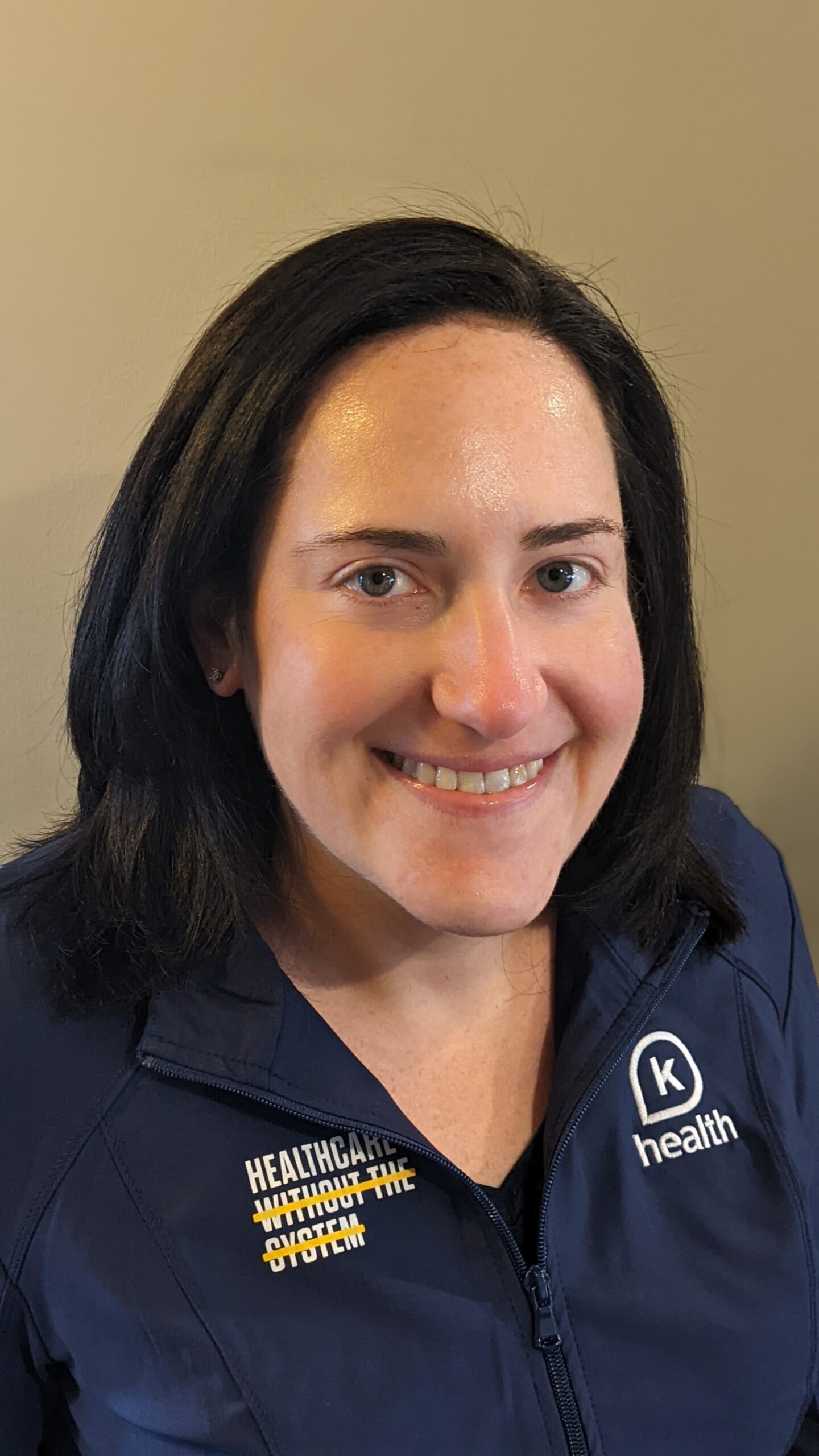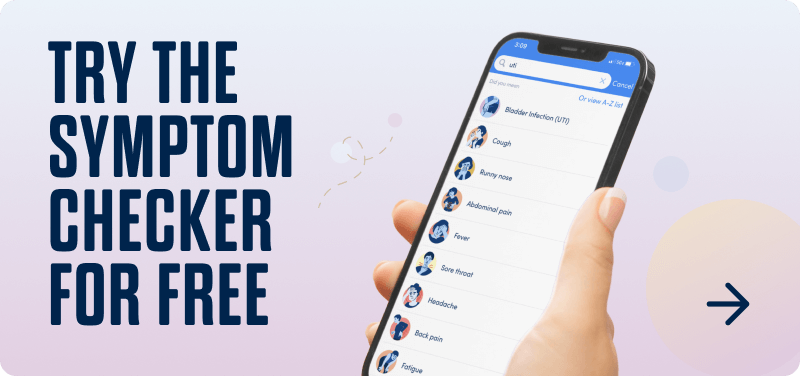When it comes to treating diabetes, your lifestyle and diet can have a huge impact on your overall health. Diabetes is a health condition where the body can’t produce or respond to insulin, which causes blood glucose (sugar) levels to rise higher than normal. This is why watching what you eat is imperative.
According to the National Diabetes Statistics Report, 37.3 million people (11.3% of the US population) live with diabetes. Those with diabetes are at a high risk of hypertension, heart disease, and stroke.
In this article, we will discuss the best diet for diabetes and gestational diabetes (diabetes when pregnant), including what foods to consume, what to avoid, and strategies for controlling your blood glucose levels by monitoring what you eat.
How Diet Affects Blood Sugar Levels and Diabetes
When you have diabetes, your body can’t produce or respond to insulin. This means that you struggle to keep your blood glucose levels within a normal range. To keep your blood sugar levels at a target range, it’s important you adopt a healthy, balanced diet. You should eat three meals a day on a regular schedule and exercise regularly.
In addition to what you eat, another health factor to consider is how much you eat. Excess calories create an undesirable rise in blood glucose levels. Fortunately, making healthy food choices and tracking your eating habits can have an incredibly positive impact on your health, especially for those with type 2 diabetes who need to lose weight. Your dietician can work with you to help you achieve your weight goal.
Talk to a doctor from home
Manage diabetes medications without leaving your house.
Recommended Foods for Diabetes
If you have diabetes or prediabetes, your doctor will likely recommend you speak with a dietician who can help you develop a healthy-eating plan to manage your weight and lower your chance of heart disease or stroke. It is important for your health that you don’t consume extra calories. This can raise your blood glucose levels.
The ramifications of not keeping your blood sugar levels low can lead to serious health conditions. You may develop a condition known as hyperglycemia, which can lead to long-term complications such as nerve, kidney, and heart damage.
Your new diet may resemble the DASH (Dietary Approaches to Stop Hypertension) eating plan, which is recommended by the National Heart, Lung, and Blood institute.
Fruits and vegetables
The following fruits and vegetables are great food options for people with diabetes:
- Berries
- Cherries
- Apples
- Citrus fruits
- Asparagus
- Sweet potato
- Broccoli
- Red onion
- Zucchini
- Leafy greens
Healthier carbohydrates
There are two main types of carbohydrates: simple carbohydrates (sugars) and complex carbohydrates (starches). During digestion, these break down into blood glucose, so it’s especially important to make sure you are consuming healthy carbs, which you can get from the following foods:
- Fruits
- Vegetables
- Legumes, such as beans and peas
- Whole grains, such as wheat, rice, and oats
- Low-fat dairy products, such as milk and cheese
You should avoid foods or drinks that have added sugars.
Fiber-rich foods
Dietary fiber includes all parts of plant foods that your body can’t digest or absorb. Fiber moderates how your body digests and helps control blood sugar levels. Foods high in fiber include:
- Vegetables
- Fruits
- Nuts
- Legumes, such as beans and peas
- Whole grains
Healthy fish
Heart-healthy fish such as salmon, tuna, mackerel, and sardines are rich in omega-3 fatty acids, lowering the risk of heart disease. Avoid fried or battered fish, fish in rich sauces, and king mackerel, which has high levels of mercury. You should include heart-healthy fish in your diet twice a week.
Healthier fats
Monounsaturated and polyunsaturated fats can help you maintain healthy cholesterol levels.
These fats are still high in calories, so be sure to only eat them in moderation. Examples of foods that contain monounsaturated and polyunsaturated fats include:
- Avocados
- Nuts
- Olive, canola, and peanut oils
Lean meats
According to the NIH, very lean meats such as turkey and chicken without the skin have 1g of fat and are approximately 35 calories per serving.
Other lean meats have 2-3g of fat and 55 calories per serving and should be consumed only once or twice a week. Examples of lean meats you may want to opt for include:
- Poultry: chicken, turkey, and Cornish hen, all without skin
- Some beef cuts: sirloin, flank steak, tenderloin, and chipped beef
- Lean pork: fresh, cured, canned, or boiled ham, tenderloin, and Canadian bacon
- Veal, except for veal cutlets
- Wild game: venison, rabbit, pheasant, duck, and goose, all without skin
Some meats, such as Canadian bacon and chipped beef, have a higher sodium content than others. It is healthier to eat these meats in moderation.
Strategies for Healthy Dieting
There are several strategies for healthy dieting. This includes “the plate method,” reaching for water when cravings arise, reducing alcohol intake, and checking the glycemic index of foods.
The plate method
The plate method helps you control your portion sizes by showing you the amount of each food group you should eat. It is best for lunch and dinner. To use the plate method, select a nine-inch plate, and you will divide your food into sections.
- First, cover half your plate with non-starchy vegetables such as spinach, carrots, and tomatoes.
- Secondly, fill a quarter of your plate with meat or protein, preferably very lean meats such as chicken, turkey, or fish.
- Fill the final quarter with a grain or other starch such as brown rice, green peas, or potatoes.
In addition to your plate, as part of your healthy-eating regime, you can also consume a piece of fruit or a small bowl and drink a glass of milk.
Choose water
When possible, choose water over other beverages. Staying hydrated is especially important to your health and will help you maintain a healthy body weight. Drink four to six cups of water a day. When you have sugar cravings, reach for a glass of water. This can help curb your cravings.
Limit alcohol consumption
Alcohol use can increase daily caloric consumption. Alcohol can make your blood glucose level drop too low when mixed with insulin or diabetes medicines. This is more likely to occur if you haven’t eaten in a while and then started drinking.
It is especially important that if you drink alcohol, you do so in moderation and not on an empty stomach. It is advised that those assigned female at birth drink no more than one glass of alcohol a day, and those assigned male at birth not more than two glasses a day.
Reference the glycemic index
The glycemic index (GI) is a measure of how quickly a food can make your blood sugar rise. Not all carbohydrates will spike high glucose levels quickly. Some may work more slowly to raise your levels. The GI assigns foods a number on a scale up to 100 based on how quickly they increase blood glucose compared to pure glucose.
Eating low GI foods is important for diabetics as it allows you to have better control over your blood sugar. The following is a list of high GI foods (70 and higher) to avoid:
- White bread and bagels
- Potatoes
- White rice
- Most processed cereals
- Instant oatmeal
- Most snack foods
- Honey
- Sugar
- Pineapple
- Watermelon
Foods to Avoid for Diabetes
The following foods should be eaten rarely as they spike glucose levels and can be a detriment to your health.
Sugary foods and drinks
When it comes to diabetes, sugar should be limited. Avoid all sugary foods such as candy, ice cream, sweetened cereals, sugary sauces, and canned fruits with added sugar. Drinks with added sugars should be avoided. This includes sodas, juices, energy, and sports drinks.
Be mindful of diet sodas that may be low in sugar or have no sugar. They can be high in sodium. Choose a sugar substitute for your coffee or tea.
Sugary carbohydrates
The American Diabetes Association advises people with diabetes to avoid refined, highly processed carbohydrate foods and those with added sugar. As well as white bread and white rice, you should avoid sugary baked goods such as cakes, muffins, chips, and cookies.
Talk to a doctor from home
Manage diabetes medications without leaving your house.
When to See a Medical Provider
You should see a medical provider if you have high sugar levels throughout the day or at specific times of the day. The early signs of diabetes include:
- Frequent urination
- Increased hunger
- Increased thirst
If you have these symptoms and have not been formally diagnosed with diabetes, you should contact a doctor. Those who are pregnant with no history of diabetes may have gestational diabetes. Discuss with your doctor, and always go for prenatal checkups if you are pregnant.
If your blood glucose remains above 240 mg/dL, even after taking your medicine and/or increasing insulin and fluids, you should schedule an appointment with your doctor.
Additionally, if you have been sticking to a healthy diet and exercising regularly but are still struggling to control your blood glucose levels, speak to your doctor. They will be able to help you find a more effective treatment plan.
Those with type 2 diabetes may struggle more to control their blood sugar levels. Medications such as Ozempic and metformin are available as prescription medications that can accompany a healthy diet.
How K Health Can Help
Did you know you can have a primary care doctor online?
Check your symptoms, explore conditions and treatments, and if needed, text with a healthcare provider in minutes through K Health. K Health’s AI-powered app is based on 20 years of clinical data.
Frequently Asked Questions
K Health has strict sourcing guidelines and relies on peer-reviewed studies, academic research institutions, and medical associations. We avoid using tertiary references.
-
DASH Eating Plan. (2021).
https://www.nhlbi.nih.gov/education/dash-eating-plan -
Diabetes Diet, Eating, & Physical Activity. (2016).
https://www.niddk.nih.gov/health-information/diabetes/overview/diet-eating-physical-activity -
Find Your Balance. (2022).
https://diabetes.org/healthy-living/recipes-nutrition/understanding-carbs -
Food Exchange Lists. (2022).
https://www.nhlbi.nih.gov/health/educational/lose_wt/eat/fd_exch.htm -
Get Smart on Carbs. (2022).
https://diabetes.org/healthy-living/recipes-nutrition/understanding-carbs -
How Much Water Should You Drink? (2022).
https://www.health.harvard.edu/staying-healthy/how-much-water-should-you-drink -
National Diabetes Statistics Report. (2022).
https://www.cdc.gov/diabetes/data/statistics-report/index.html

 Medically reviewed
Medically reviewed
